Winter '18 / '19 - The Woolly Bear Caterpillar Guide to Winter Weather Forecasting
More better ... consult the Woolly Bear Caterpillar Guide to Winter Weather Forecasting.
(Lightly edited re-post from USENET news group ne.weather 11-OCT-03)
---
In recent weeks ... a spate of news articles have appeared about the woolly bear caterpillar and its legendary ability to foretell the upcoming winter based on the color and width of its black and orange stripes.
With so much good information scattered across so many sources ... there appeared to be a need to compile the forecasting rules.
This handy forecasting guide can be printed and kept inside your coat pocket for easy reference.
---
The Woolly Bear Caterpillars Among Us
There is more than one kind of woolly bear caterpillar. The one you use when forecasting is the banded woolly caterpillar ... which becomes the Isabella moth (Pyrrharctia Isabella) in the spring. Pictures of the caterpillar and moth can be seen here: Caterpillar Moth
Science is Skeptical
It should come as no surprise ... entomologists pooh-pooh the very idea banded woolly bear caterpillars can predict future events. These naysayers claim variations in band color and width are evidence of a worm/s age and the fall weather conditions when the worm reached maturity.
Worms exhibiting more black than orange are older and grew in wet conditions. Worms exhibiting less black than orange are younger and grew in dry conditions. And therein we find the caterpillar's predictive value.
Worms exhibiting more black than orange are older and grew in wet conditions. Worms exhibiting less black than orange are younger and grew in dry conditions. And therein we find the caterpillar's predictive value.
It/s possible the development and application of this folklore methodology is a crude form of persistence forecasting.
Caterpillars with wide (narrow) black bands matured under wet (dry) weather conditions ... which would likely be associated with below (above) normal temperatures. If fall temperatures are colder (warmer) than normal ... then a persistence forecast for the upcoming winter will also be for colder (warmer) than normal temperatures.
Some banded woolly bear caterpillar forecast rules ... based on large black bands ... call for 'harsh' winter conditions. If 'harsh' includes precipitation as well as cold temperatures ... then a persistence forecast would expect a continuation of wet fall conditions throughout the winter months.
How to Forecast with Banded Woolly Bear Caterpillars
Long-range winter forecasters who use the banded woolly bear caterpillar look at the width of the black stripes on the worm/s front and back and the ratio of black-to-orange. With that information in hand ... the following forecasting rules apply:
- If the black stripes are narrow - defined as less than half the worm/s length ..
. then the winter will be mild. - If the black stripes are thick - defined as more than half the worm/s length ...
then the winter will be cold or harsh with harsh being undefined.
Is That All There Is?
Some banded woolly bear caterpillar forecasters can tease out additional information by looking at the difference between the front and back black bands:
- If the front band is larger than the back band ...
then the first part winter will be colder or harsher than the last half. - If the front band is merely dipped in black ... that portends a mild first half; whereas ... if the back band is merely dipped in black ... that portends an early spring.
- If the caterpillar is mostly black ...
then winter will get cold early and there will be a lot of precipitation. - If the caterpillar is all black ...
then the winter/s snowfall will be light. - If small brown spots are present ...
then the winter/s dominant precipitation type will be drizzle.
Noted retired entomologist Dick Dearborn from Maine thinks there's something to it. (scroll to page 2)





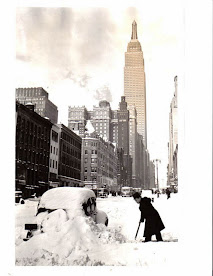
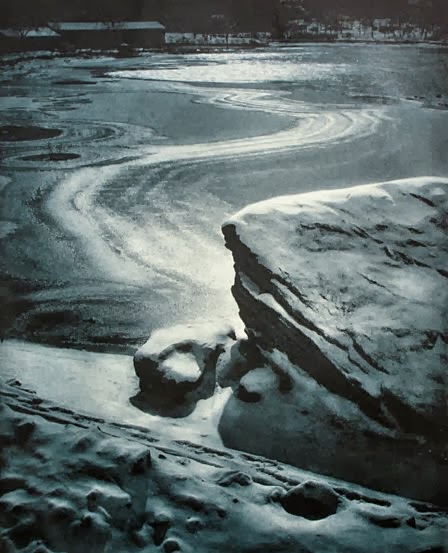


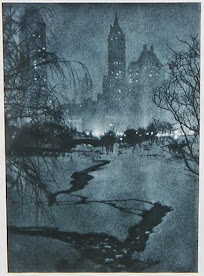

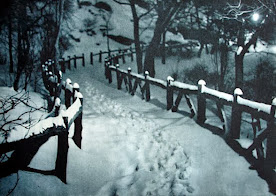
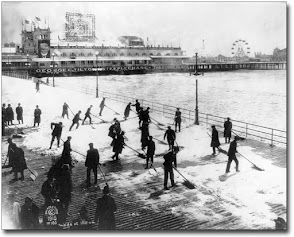
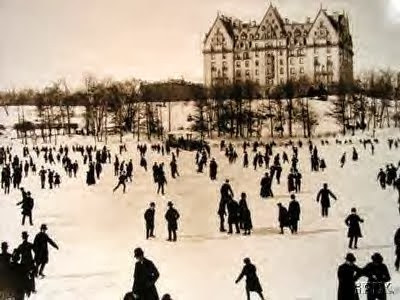
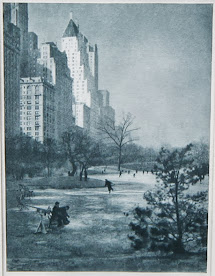

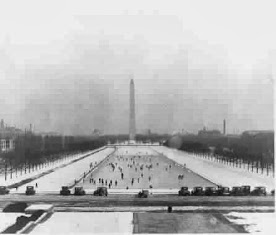
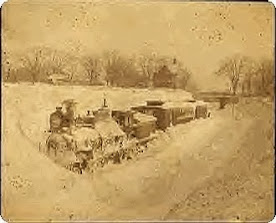

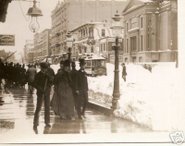

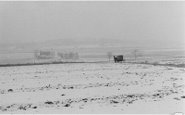
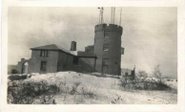
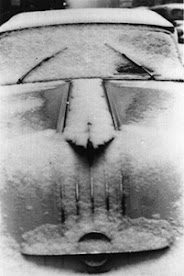
No comments:
Post a Comment